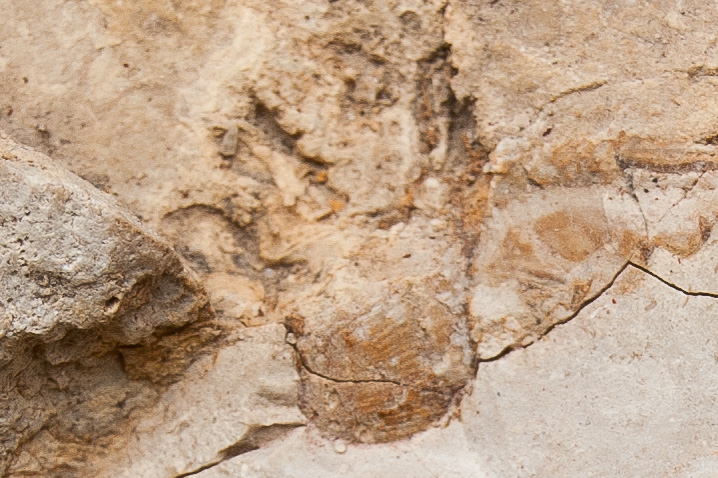Yes, this is a rather nice find; an ammonite of the Jurassic in central Europe. Given the size of the specimen, and its appearance, this appears to be of the species Cardioceras, or Perisphinctes. These ammonoids belong to the Class Cephalopoda, the coiled cephalopods. They lived about 160 million years ago. The Order of ammonites to which Cardioceras and Perisphinctes belong is called the ammonitids, which began their evolutionary path in the Jurassic, flourishing in the Triassic and Cretaceous, then becoming extinct at the end of the Cretaceous. A common species of a different Subclass, the nautiloids, is related to these Jurassic ammonites. This is Nautilus, among the most primitive of the cephalopods, and still living today.
The central part of the fossil appears to be well silicified and filled with quartz. The faint outer region is also a part of this fossil as the outer edge has a preserved part of the shell which is visible. The central part of the fossil shows several distinct camerae. Each camera is formed as the abandoned living chamber that is walled off as the animal grew and formed a new living chamber. The last living chamber of this animal is likely the faint outer region surrounding the central quartz filled area. With some estimation, one may count approximately 16 or 17 previous living chambers, with the last (or 18th) being open.
The host rock shows one other fragmentary view of an ammonite, readily seen by the distinct ridges of the corrugations in the shell. There are other fossil fragments also visible. They were not readily identified, however.



